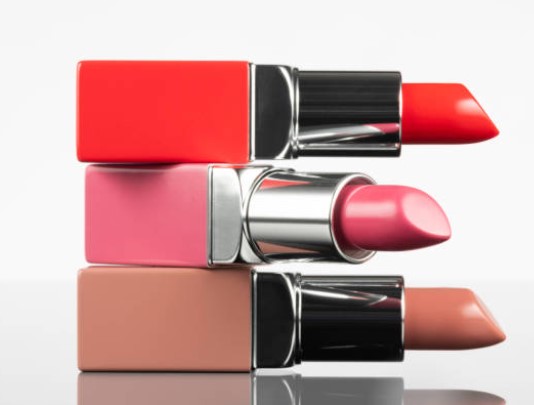What about Distinctiveness in 3D Shape Mark?
With a ruling on a 3D shape mark, the European Court of Justice ruled on 3d mark lipstick. The court ruled that it’s not about novelty or originality or even the quality design, which leads to distinctiveness, it’s about an unusual visual effect. With more three-dimensional trademarks becoming popular for packaging, the application for registering the design is increasing. Not only for packaging but it is increasing in the field of fashion and interior design as well. Since the application for the same is increasing, there are multiple proceedings before the European Court. Some of the important decisions concerning the 3D trademark, more importantly, the 3D mark consisting of the shape of the product is the ECJ Louboutin judgment of 2018 and the ECJ Wajos judgment of 2019.
[image source: gettyimages]
For a 3d mark, the case law states that A three-dimensional mark consisting of the shape of the product must deviate significantly from the norm or customary in the industry. Nevertheless, the criteria for assessing the distinctiveness for such a three-dimensional mark are the same for all other marks, still, the source of origin of goods might not be ascertained through the appearance which could have been possible for the word or figurative mark, therefore a significant deviation is required.
Lack of distinctiveness will not be if a shape is a variant of the usual shape even of the class of goods or even packaging. This does not mean any lack of distinctiveness. Meanwhile, it is also true that the novelty of a shape is not a sufficient factor for affirming distinctiveness. These days the industries have a great variety of product shapes and they are characterized by the same, but that does not mean that a new shape is perceived as one of these product shapes.
The facts
For assessing the distinctiveness of 3d marks, the European Trade Mark Offices have agreed on uniformity but this individual case concerning 3d marks for lipstick does not explicitly have any uniformity of case law on shape marks or 3d marks consisting exclusively of the shape of the product. The Examining division and the EUIPO Board of Appeal refused the registration of 3d mark of lipstick, which is a three-dimensional mark consisting of the shape of the product, i.e. lipstick. The application was filed by Guerlain (France) and the rejection was done on the reason of lack of distinctive character.
Board of Appeal ruled that since the lipstick is characterized by a wide variety of shapes, the application for the registration of 3d mark does not have a unique representation and they were the usual shape of lipstick products. The shape applied was semi-cylindrical and this is a typical shape for lipstick, lacking distinctiveness, whereby the consumers are also accustomed to the oval container shape of a lipstick. Disagreeing with the ruling, the applicant contended that the mark is different from the basic norm.
The European Court of Justice
The ECJ overturned the Board’s decision and upheld the applicant’s contention. The shape, as claimed by EUIPO, did not have a cylinder-like flat surface and therefore it was not semi-cylindrical. The ECJ ruled that the shape was reminiscent of a ship’s hull or a baby carrier and there was an unusual appearance like the presence of a small raised oval shape. This unusual representation did form the part that the lipstick was represented was distinctive.
The ECJ further ruled that the aesthetic appearance of the mark is necessary to consider whether that appearance is capable of producing an objective and unusual visual effect in the eyes of the relevant public, therefore the decisive factor is that unusual visual effect. The 3d mark was successful in making a memorable shape and thereby determining the source of origin.
Author: Saransh Chaturvedi an associate at IP And Legal Filings, in case of any queries please contact/write back us at support@ipandlegalfilings.com.



